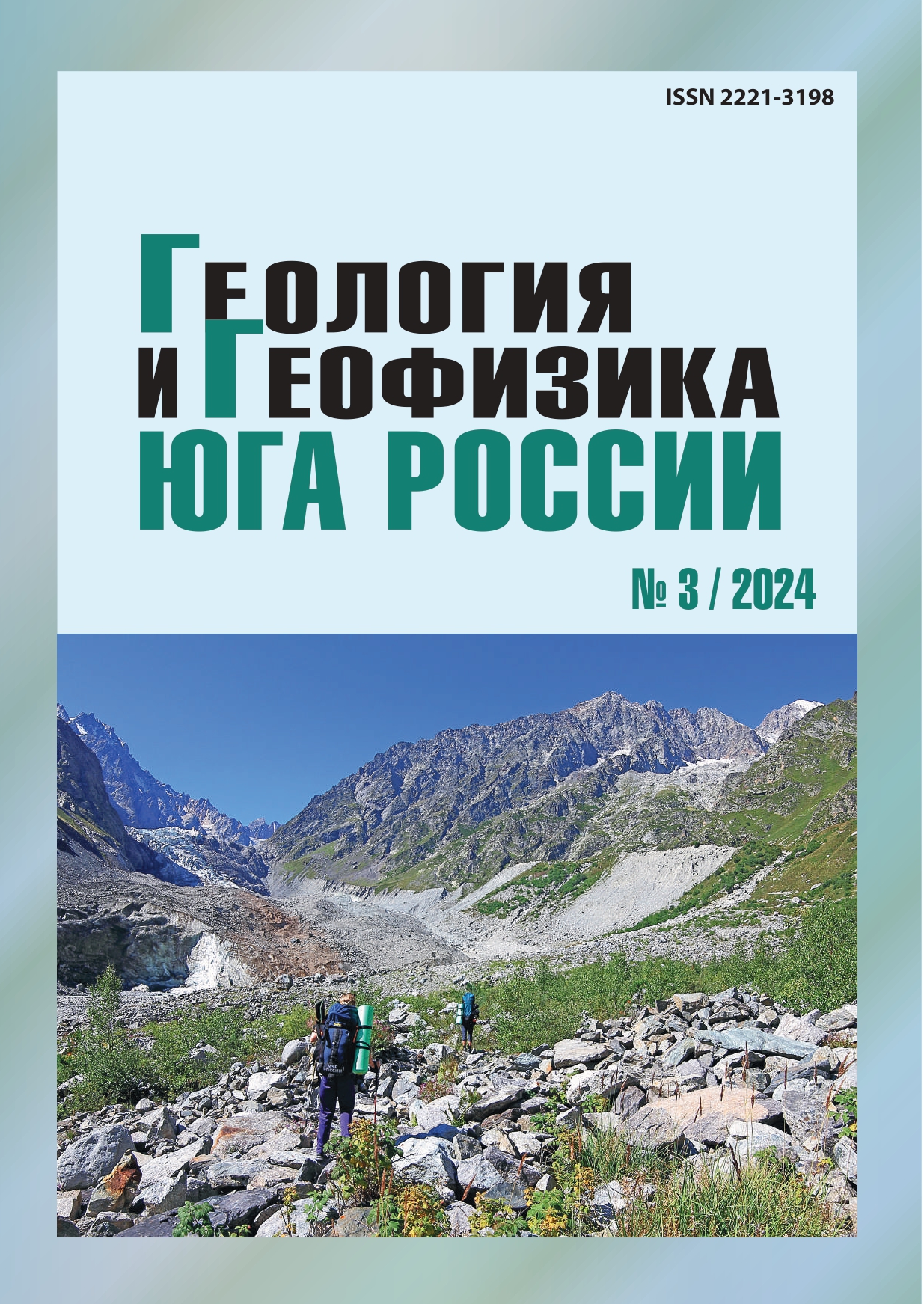Release of seismotectonic stresses of the Eastern Turkey earthquake on 06 February 2023 MW = 7.8 as a destruction process in focal area
Abstract
Relevance. The destructive earthquakes that took place in the southeastern part of the large East Anatolian transform fault (EAF) in February 2023, with magnitudes Mw = 7.8, 7.5 and 6.3, respectively, are the major seismic events that have occurred over the last century in the junction area of the Eurasian, African and Arabian lithospheric macroplates. It should be outlined that such destructive and large earthquakes are extremely rare in seismically active regions. A detailed study of earthquake focal zones as well as the processes of rupture formation and relaxation of tectonic stresses in the form of aftershocks of such earthquakes are relevant scientific problems that make it possible for making a significant contribution to the seismogenesis concept of a particular region and finding solutions to fundamental problems in the study of the physics of the earthquake source in general. Aim. The paper aims to assess the stress-strain state, identify the main patterns and characteristic features of the destruction process for the geoenvironment in the focal area of the largest Gaziantep earthquake with a magnitude of MW=7.8 based on the spatial-temporal and energy distribution of the aftershock process. Methods. In order to study the destruction process, we have currently formed scientific and methodological ideas about extended deep faults as volumetric geological bodies with three-dimensional measurements (fault length, width and depth of penetration into the lithosphere), characterized by a certain internal structure, parameters and kinematics of wing movement. To carry out the spatial distribution of aftershocks, topological methods of percolation and cluster analysis of seismic statistical data of aftershocks were applied. Results. Based on the obtained results it was possible to determine the quantitative, spatiotemporal parameters of the complex tectonophysical model and to identify the nature of the destruction of the geological environment and the overall picture of the seismogenesis in the focal zone of the earthquake. The areas of short-term geodynamic activation that periodically occur on extended regional faults can be considered as hypocenters for the preparation and occurrence of large earthquakes. This approach makes a significant input to solving problems of long-term earthquake forecasting, and considering regional seismicity from the perspective of modern geodynamics.


